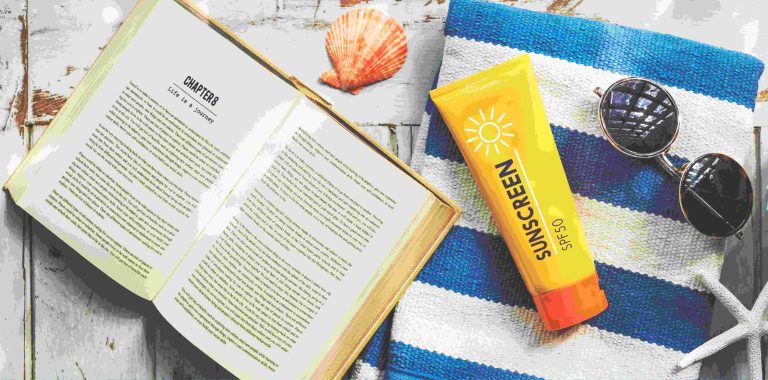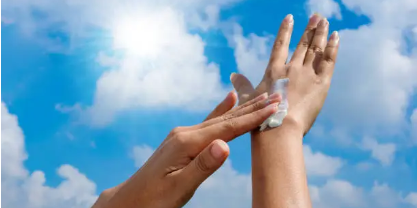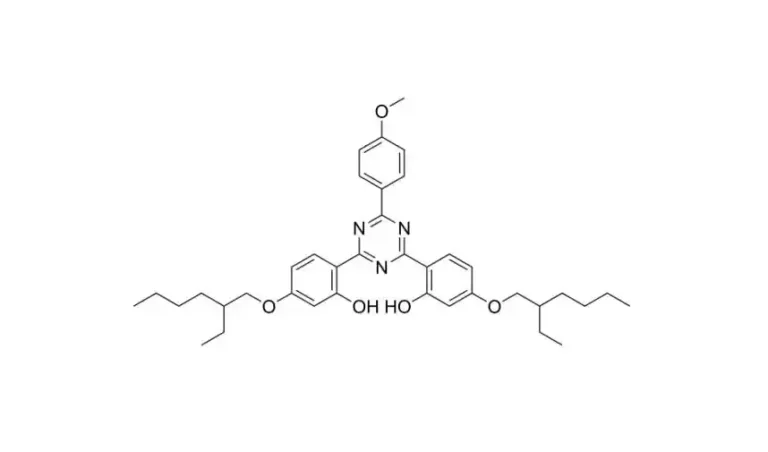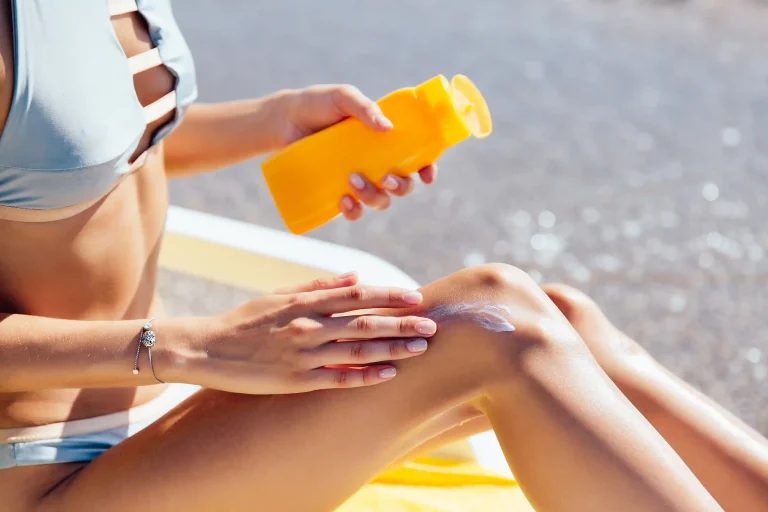サンスクリーンは肌を保護するために毎日不可欠です。しかし、多くの人は、特に何が含まれているかを心配しています。 二酸化チタン彼らは健康問題や地球を傷つけずに太陽から安全に保つものを望んでいます。質問について 二酸化チタンサンクリン 常にポップアップ、特にナノと非ナノ粒子の周りです。リスクがあるのか。
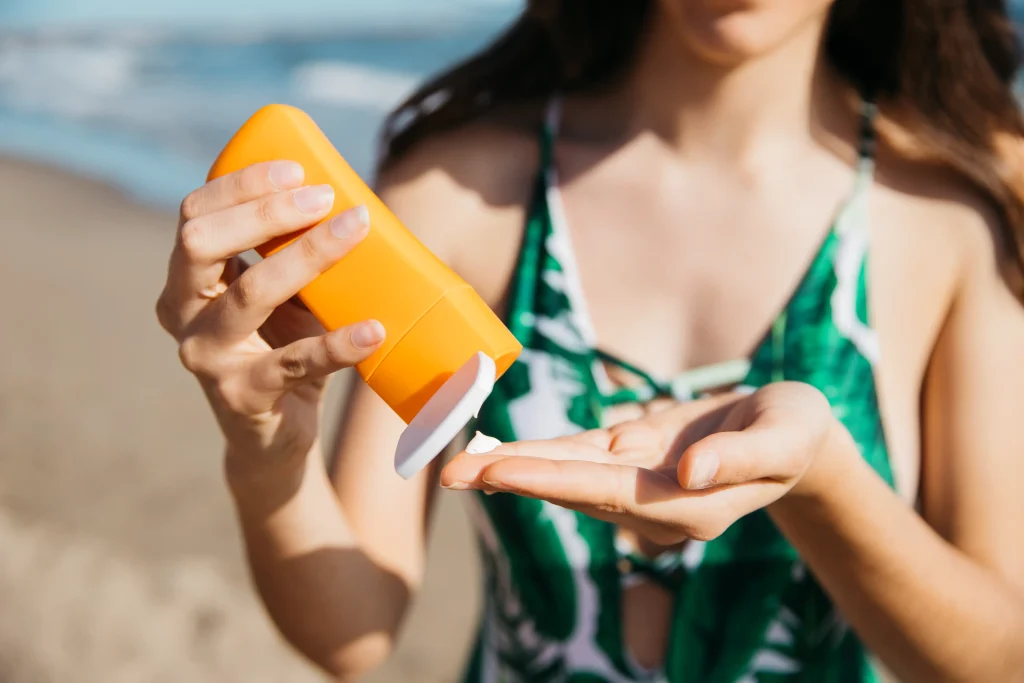
このブログは、事実を掘り出し、いくつかの神話を破壊し、トップノッチの背後にある高い基準に光を照らします。 二酸化チタン 上海によって作られたもののようなプロダクト BFP 株式会社ニューマテリアル(BFP)
二酸化チタンとは、どのように肌に役立ちますか?
二酸化チタン 自然に見つかる鉱物です。使用されています 二酸化チタンサンクリン 物理的なブロックとして。紫外線を吸収し 熱に変える化学防晒霜とは異なり 二酸化チタン 盾のように肌に座る。UVAとUVB線を反射します。これは、有害な光線の両方のタイプをブロックするために素晴らしいです。さらに、それは超優しいので、オキシベンゾンのような化学物質から感感性皮膚を持つ人にとってお気に入りです。
二酸化チタンがサンスクリーンのためのトップピックである理由
- すべての光線をブロックするUVA(皮膚が老化する)とUVB(焼く)を止めます。
- 「Kind to Skin」通常、皮疹やアレルギーを引き起こさない。敏感な肌に最適です。
- Holds Up In Sun日光の下で強く続くので、一日中保護されています。
それでも、一部の人は確信していません。 二酸化チタンサンクリンナノと非ナノの粒子サイズについて疑問を持っています。これらの小さな小さなものはあなたの体に入ることができますか?環境に悪いのでしょうか。それを壊してみましょう。
ナノと非ナノの二酸化チタン:違いは何ですか?
多くのチャットについて 二酸化チタンサンクリン 粒子サイズについてです。ナノ粒子は超小さく、100ナノメートル未満です。ナノ以外のものはより大きく、100ナノメートル以上です。ナノバージョンは、日ナナスクリーンをあなたの皮膚に明確に見えるようにします。しかし、使用するには安全ですか?
ナノ二酸化チタンを特別にするものは何ですか?
ナノ 二酸化チタン とても小さいので、肌に融合します。そんな白い、白い姿は見えない。だからこそ、多くのサンスクリーンがそれを使用している - 滑らかに感じ、見えないように見える。しかし、粒子は非常に小さいので、皮膚に深く滑り込むかもしれないことを心配する人もいます。
非ナノ二酸化チタンはより安全なベットですか?
非ナノ 二酸化チタン より大きな粒子がある。彼らはあなたの皮膚の上に立ち、紫外線を反射します。彼らは内部に入らないので、多くの懸念を軽減します。ダウンサイド?彼らは白いフィルムを残すことができますが、特に肌が暗い場合は常に素晴らしいわけではありません。
| 特徴 | ナノ二酸化チタン | 非ナノ二酸化チタン |
| 粒子サイズ | 100nmより小さい | 100nmより大きい |
| どのように見える | クリア、白いマークなし | 白い映画を残すかもしれない |
| UV保護 | UVAとUVBを止める | UVAとUVBを止める |
| 皮膚吸収 | 上層に滞在 | 表面に座る |
| 感じ と 見る | 滑らかで、簡単に混合 | 少しチャルキーに見える |
二酸化チタンサンクリーンについての神話を破る
There's a ton of wrong info out there about そこに間違った情報がたくさんあります 二酸化チタンサンクリンその一部は、古い研究やオーバーハイプされたストーリーから来ている。事実で記録を正確にしてみましょう。
神話1:ナノ二酸化チタンは皮膚に深く浸透する
真実オーストラリア治療品管理局(TGA)やFDAなどの大規模なグループがこれを研究しています。彼らはナノと非ナノの両方を発見した 二酸化チタン 皮膚の上層に留まります。それは死んだ皮膚細胞です。2018年の研究によると、ナノ粒子でさえ、傷ついた皮膚でさえ深く行かない。
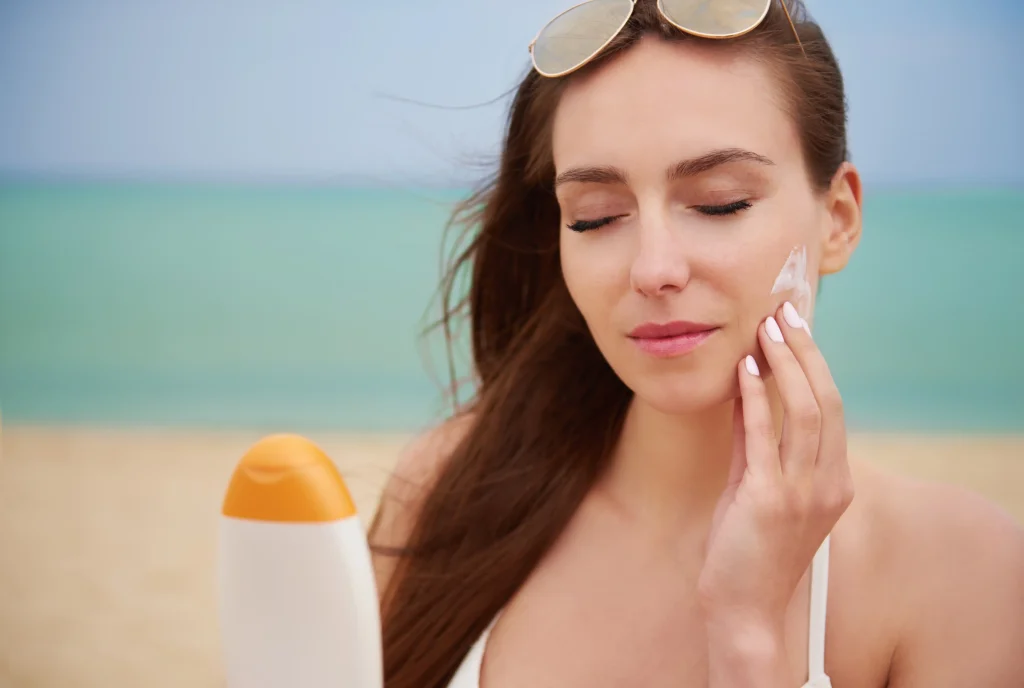
神話2:ナノ二酸化チタンががんを引き起こす
真実国際がん研究機関(IARC)は、 二酸化チタン がんリスクかもしれない 呼吸するなら 工場のように、工場のように。しかし、サンクリーンでは、肌に摩擦します。灰 二酸化チタン あなたの肌に。
神話3:二酸化チタンは環境を破壊する
真実: オキシベンゾンのような化学防日霜は、サンゴ礁を傷つけます。 二酸化チタン 自然に対してはるかに優しい。非ナノ粒子はさらに良い。多くのサンスクリーンは、海洋や野生動物への害を減らすためにコーティングされたナノ粒子を使用します。
神話4:化学防晒霜は二酸化チタンより良い
真実オキシベンゾンのような化学防日霜は、あなたの血液に入ります。これは一部の人々が健康問題について緊張している。しかし 二酸化チタンサンクリン 肌の表面に残ります。日常使用にもっと安全な選択肢です。FDAの呼びかけ 二酸化チタン 安全で効果的です。
科学は二酸化チタンが安全であると言う
多くの研究がバックアップ 二酸化チタンサンクリン 正しい方法で使用すると、安全です。専門家が発見したものはこちらです。
- 上にとどまる2018年の研究とFDAテストによると、ナノ 二酸化チタン皮膚の外層を通過しません。それは何度もスラッチャーした後でも置かれています。
- 低リスク細胞や動物に対する試験 二酸化チタンサンスクリーンに含まれるナノ粒子は害を与えません。それらは安定して安全に保つためにシリカのような物質で塗られています。
- 専門家による承認FDA、EU、TGAはすべて 二酸化チタンサンスクリーンには大丈夫です。EUは化妆品の25%に制限している。純潔で慎重に作られなければなりません。
これらの事実は 二酸化チタン よく作られたときは安心で安全な選択です。
BFP: トップノッチの二酸化チタンメーカー
上海BFP新材料株式会社(BFP) 製造の主要な名前です。 二酸化チタン サンスクリーンや化妆品。彼らは安全、品質、そして地球を大切にしています。その製品、 二酸化チタン BFP-T20SD強い紫外線保護を与え、あらゆる種類の日光日日光保護剤配方で滑らかに動作します。BFPは厳しいグローバルルールに従っており、 二酸化チタン 信頼性が高く、安全な成分を望むブランドや人々にとって最適です。
二酸化チタンサンスクリーンについてのFAQ
Q1二酸化チタンナノ粒子はあなたの体内に入ることができますか?
aいいえ研究を示す 二酸化チタン ナノ粒子は死んだ皮膚細胞の上層に粘っています。彼らは深く行かないので、彼らはあなたの皮膚に摩擦するために安全です。
Q2毎日二酸化チタンサンスクリーンを使用することは大丈夫ですか?
a: 完全に。 二酸化チタンサンクリン 日常使用に安全です。FDAやEUなどの大手グループは、それは大丈夫だと言っています。日光の下に持ち続けており、肌を妨げません。
Q3二酸化チタンサンスクリーンは白い印を残しますか?
a: ナノ 二酸化チタン 白いマークなしで混合します。ナノ以外のバージョンは軽いフィルムを残す可能性があります。より新しい公式は、暗い肌色でさえ、これを問題なくします。
Q4二酸化チタンサンスクリーンは地球に悪いのでしょうか?
a: オキシベンゾンのような化学防晒霜と比較して、 二酸化チタン 自然にとってはずっと良い。コーティングされたナノ粒子はリスクを減らします。ナノ以外のものは海洋にとってもっと安全です。環境に優しくなるために珊瑚礁安全な日サササンクリーンを選択します。
安全で強い太陽保護のために行く
二酸化チタンサンクリン あなたの肌を太陽から安全に保つためのスマートな方法です。科学はそれが安全であり、仕事をうまくしていることを示しています。ナノ粒子と非ナノ粒子に関する懸念を解消します。正しいサンスクリーンを選ぶ

